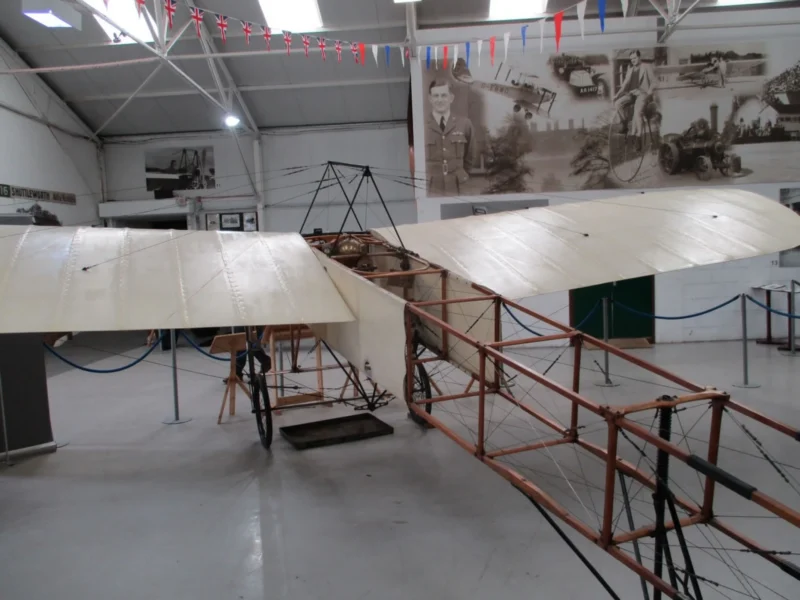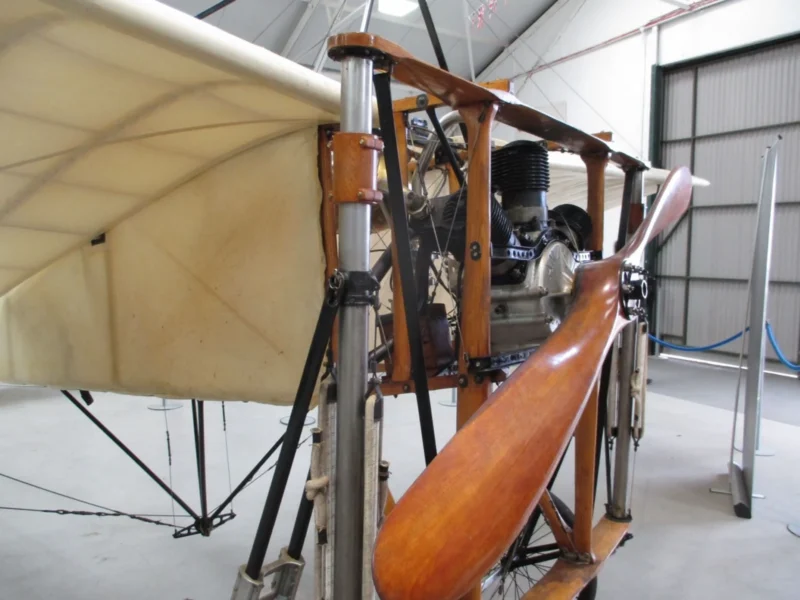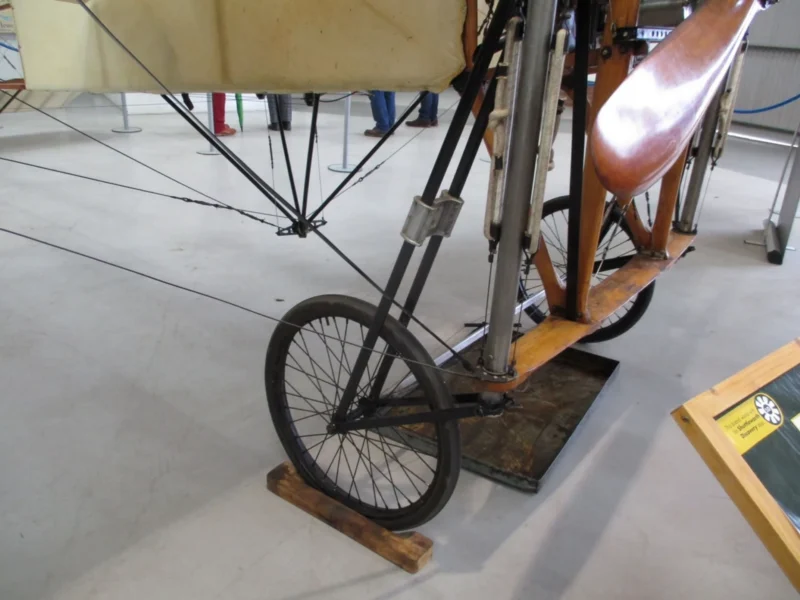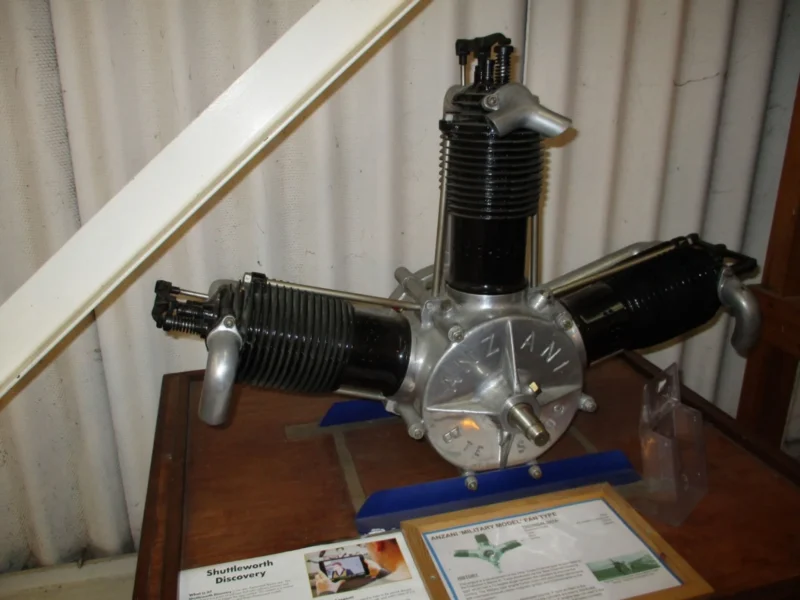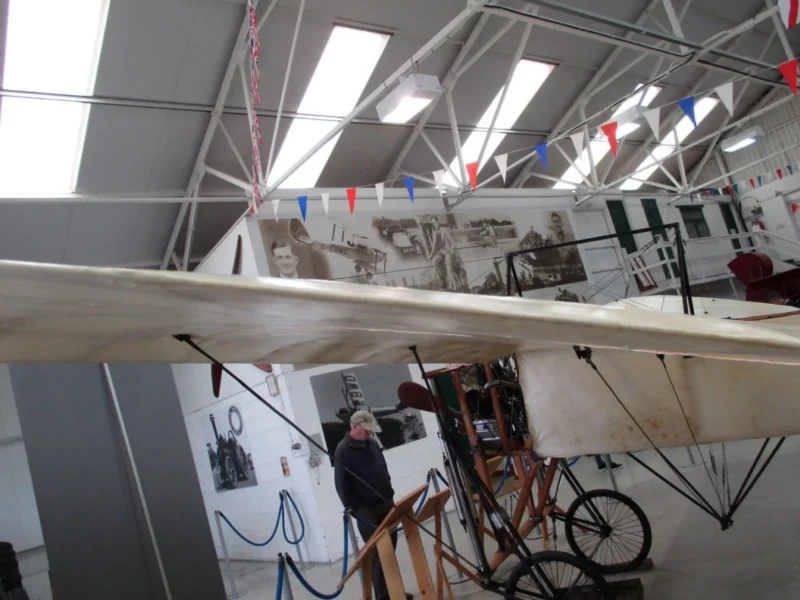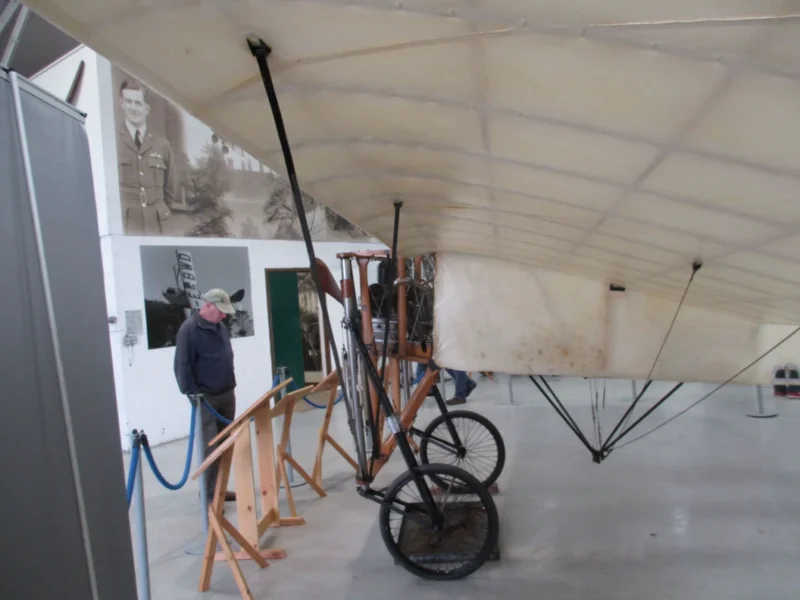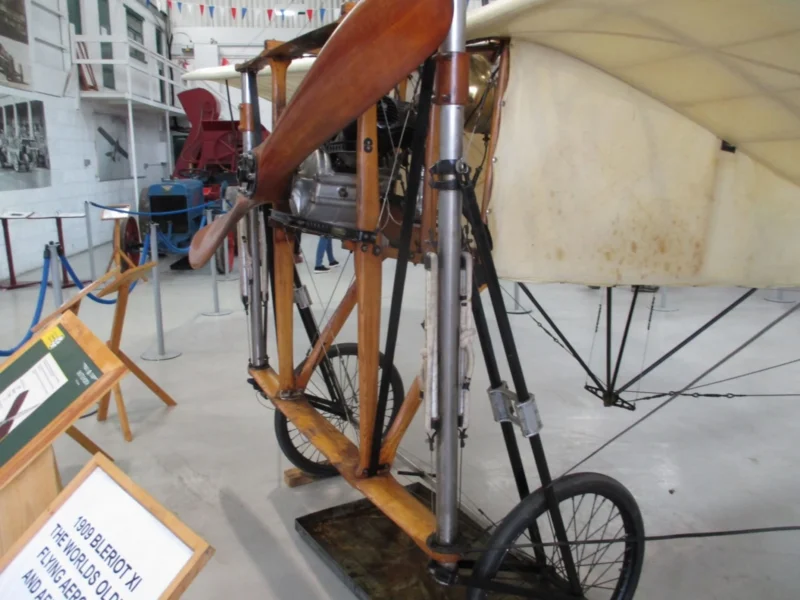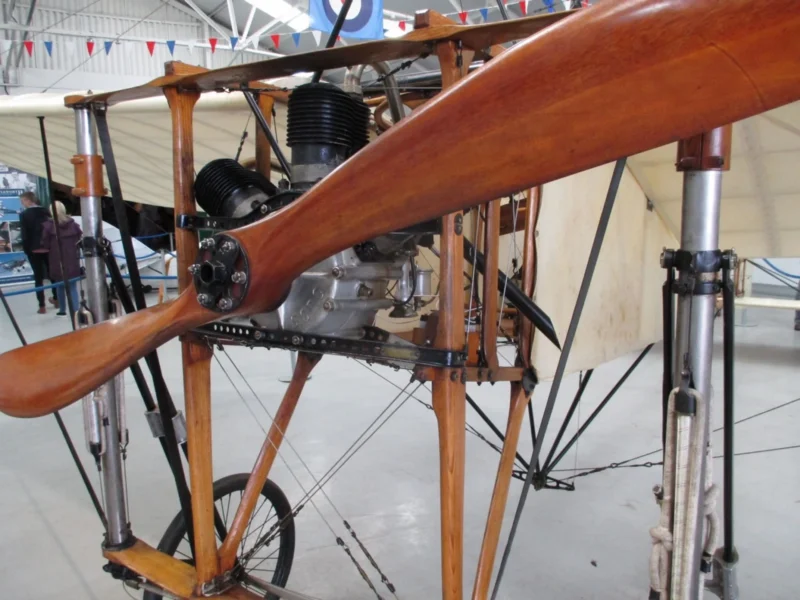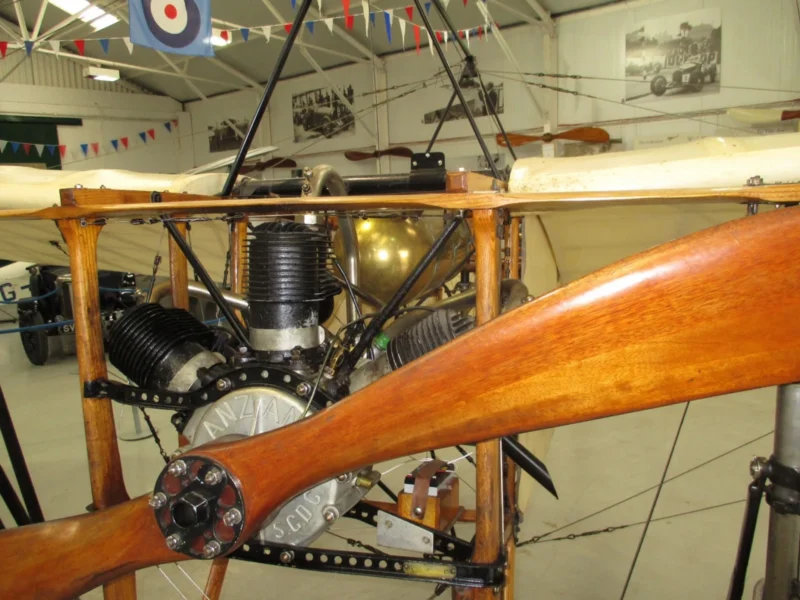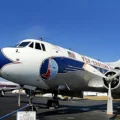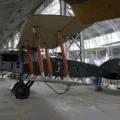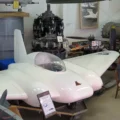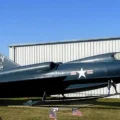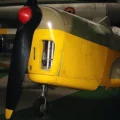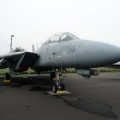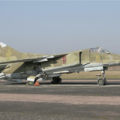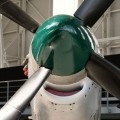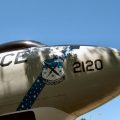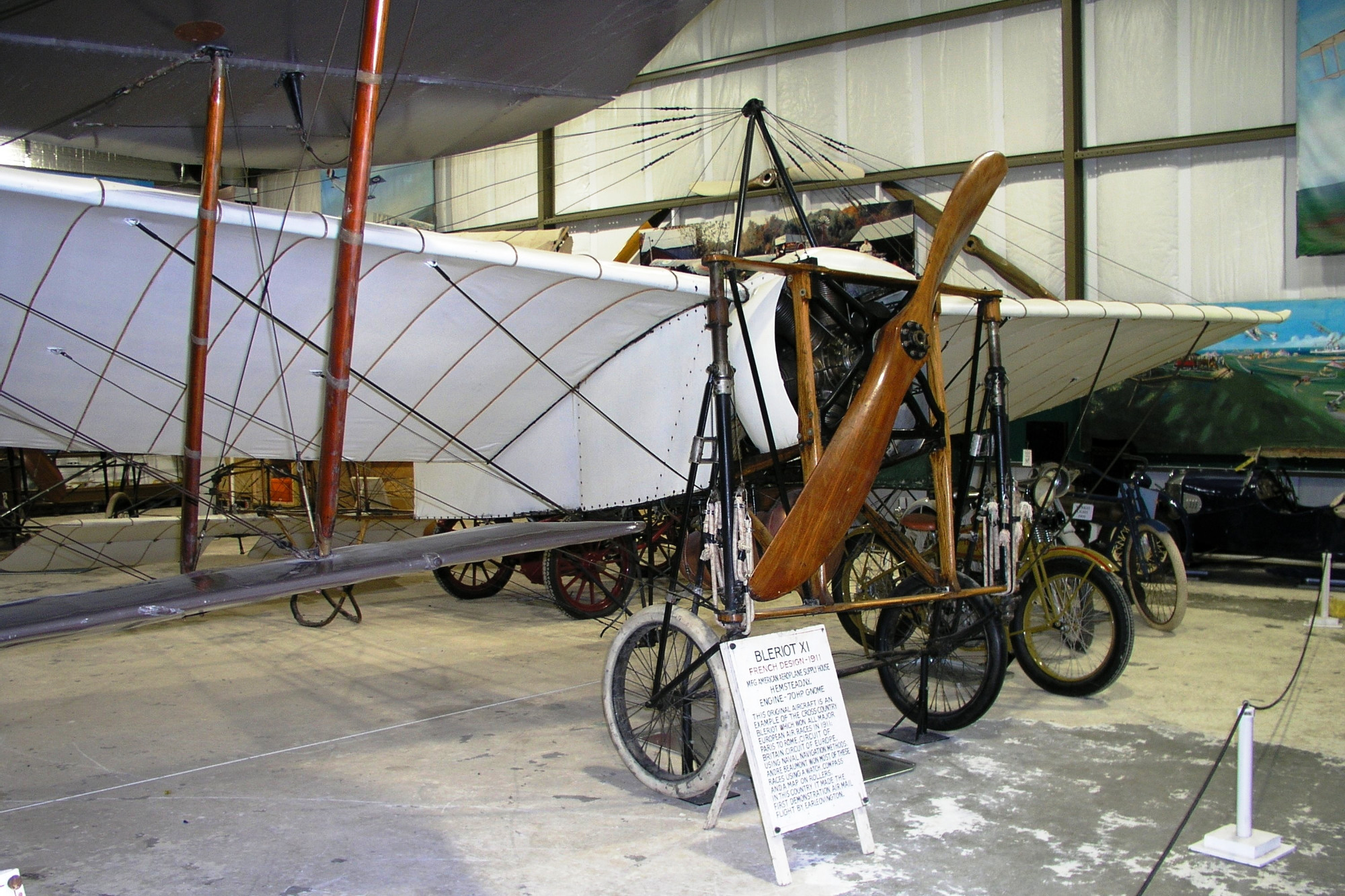
Bleriot XI | |
|---|---|
| Maa | Ranska |
| Rooli | Ilma |
| Ensimmäinen lento | 23. tammikuuta 1909 |
| Rakennettu | Uknow |
Valokuvagalleria Bleriot XI, The Blériot XI is a French aircraft. The first example was used by Louis Blériot to make the first flight across the English Channel in a heavier-than-air aircraft on 25 July 1909. This achievement is one of the most famous accomplishments of the pioneer era of aviation, and not only won Blériot a lasting place in history but also assured the future of his aircraft manufacturing business. The event caused a major reappraisal of the importance of aviation; the English newspaper The Daily Express led its story of the flight with the headline “Britain is no longer an Island”.
Lähde: Bleriot XI Wikissä
| Bleriot XI | |
|---|---|
| Valokuvaaja | Andrew Fenwick-Walpole |
| Lokalisointi | Ei tietää |
| Valokuvat | 36 |
| Bleriot XI | |
|---|---|
| Valokuvaaja | Ei tietää |
| Lokalisointi | Ei tietää |
| Valokuvat | 20 |
Katso myös:
Nniiden Blériot XI oli ranskalaisen Blériot Aéronautiquen vuosina 1909–1931 valmistama kevyt yksitasoinen lentokone. Sen suunnittelivat Louis Blériot ja Raymond Saulnier, ja se tuli tunnetuksi ensimmäisenä lentokoneena, joka ylitti Englannin kanaalin 25. heinäkuuta 1909. Blériot lensi 38 kilometriä 37 minuutissa keskinopeudella 61,6 km/h ja voitti Daily Mailin tarjoaman 1 000 punnan palkinnon. Tämä saavutus oli merkittävä virstanpylväs ilmailun historiassa ja lisäsi Blériot XI: n suosiota, jota myytiin sadoille asiakkaille eri kategorioissa: koulutus, touring, kilpa ja armeija.
Nniiden Blériot XI had a tractor configuration with a partially covered box-girder fuselage made of ash and wire. It used wing warping for lateral control and had a small balanced rudder and a horizontal tailplane with tip elevators. The engine was mounted directly in front of the wing and the main landing gear had castering wheels that could slide up and down steel tubes, allowing for crosswind landings. The Blériot XI was one of the first aircraft to be mass-produced and was widely used for competition and training purposes. Military versions were bought by many countries and served until after the outbreak of World War I in 1914.
Katselukertoja: 3218
